#wild native plants
Text
Native Plants I’ve Actually Seen Growing Wild in Southern Ontario
Acer saccharinum (silver maple) --along the sides of highways
Acer saccharum (sugar maple) --GTA ravines
Achillea millefolia (yarrow) --GTA ravines
Allium schoenoprasum (wild chives) --GTA ravines, Ridgetown
Allium tricoccum (ramps) --Niagara region escarpments
Amaranthus retroflexus (redroot amaranth) --fallow areas in the GTA
Ambrosia artemisiifolia (ragweed) --fallow areas in the GTA
Ambrosia trifida (giant ragweed) --parks in the GTA
Amelanchier spp. (saskatoon/serviceberry) --GTA ravines
Arisaema triphyllum (Jack-in-the-pulpit) --GTA ravines
Aronia melanocarpa (black chokeberry) --ravines and parks in the GTA
Asarum canadense (Canada ginger) --GTA ravines
Asclepias syriaca (common milkweed) --fallow areas, ravines, and parks throughout southern Ontario from Windsor to GTA
Asplenium trichomanes (maidenhair spleenwort) --Niagara region escarpments
Betula spp. (birch) --ravines and parks throughout southern Ontario from Windsor to GTA
Bidens spp. (beggar ticks) --GTA ravines
Caulophyllum thalictroides (blue cohosh) --GTA parks
Ceratophyllum demersum (hornwort) --GTA ravines (native in freshwater across the globe anyway)
Circaea lutetiana (enchanter’s nightshade) --fallow areas in the GTA
Commelina spp. (dayflower) --fallow areas in Windsor
Cornus alternifolia (Pagoda dogwood) --GTA wooded areas
Cornus sericea (red osier dogwood) --GTA ravines and in Windsor riverside parks
Crataegus spp. (hawthorn) --GTA ravines and parks
Echinocystis lobata (wild prickly cucumber) --GTA ravines
Elaeagnus commutata (silverberry) --GTA parks and fallow areas
Epilobium ciliatum (fringed willowherb) --fallow areas in the GTA
Equisetum spp. (horsetail/scouring rush) --GTA ravines and fallow areas
Erigeron spp. (fleabane) --GTA parks and fallow areas, Ridgetown
Erythronium americanum (trout lily) --GTA ravines and parks
Eutrochium maculatum (Joe-Pye weed) --GTA parks
Fragaria virginiana (wild strawberry) --fallow areas in the GTA
Geranium maculatum (wild geranium) --Windsor green spaces
Geranium robertianum (herb robert) --Windsor green spaces
Geum aleppicum (yellow avens) --GTA fallow areas
Geum canadense (white avens) --GTA fallow areas
Geum macrophyllum (large-leaved avens) --GTA fallow areas
Gymnocladus dioicus (Kentucky coffee tree) --GTA ravines
Helianthus spp. (sunflower) --GTA fallow areas and parks
Heracleum maximum (cow parsnip) --GTA ravines
Hordeum jubatum (foxtail barley) --GTA fallow areas
Humulus lupulus (hops) --GTA ravines
Hydrophyllum virginianum (Virginia waterleaf) --GTA ravines
Impatiens capensis (jewelweed) --GTA ravines and in Windsor riverside parks
Juglans nigra (black walnut) --GTA ravines
Lactuca canadensis (Canadian lettuce) --GTA fallow areas
Lilium michiganense (Michigan lily) --GTA ravines
Lupinus perennis (sundial lupine) --GTA parks
Maianthemum canadense (Canada mayflower) --GTA ravines
Maianthemum racemosum (starry false solomon’s seal) --GTA ravines and parks
Maianthemum stellatum (starry false solomon’s seal) --GTA ravines
Matteuccia struthiopteris (ostrich fern) --GTA ravines
Monarda fistulosa (wild bergamot) --GTA ravines and parks
Morus rubra (red mulberry) --fallow areas in Windsor, GTA parks
Myosotis laxa (smallflower forget-me-not) --GTA fallow areas
Oenothera biennis (evening primrose) --GTA fallow areas
Onoclea sensibilis (sensitive fern) --GTA ravines
Oxalis stricta (yellow wood sorrel) --fallow areas and ravines throughout southern Ontario from Windsor to GTA
Parietaria pensylvanica (Pennsylvania pellitory) --GTA fallow areas
Parthenocissus quinquefolia (Virginia creeper) --Windsor fallow areas and GTA ravines and parks
Persicaria lapathifolia (curlytop smartweed) --GTA fallow areas
Podophyllum peltatum (mayapple) --GTA ravines and parks
Portulaca oleracea (purslane) --fallow areas throughout southern Ontario from Windsor to GTA (native globally anyway)
Potentilla norvejica monspeliensis (ternate-leaved cinquefoil) --GTA fallow areas
Prunella vulgaris (selfheal) --fallow areas and ravines throughout southern Ontario from Windsor to GTA
Prunus virginiana (chokecherry) --Windsor fallow areas, GTA ravines and parks, Niagara region escarpments
Pteridium aquilinum latiusculum (western bracken fern) --GTA parks
Quercus spp. (oak) --wooded areas throughout southern Ontario from Windsor to GTA
Rhus typhina (staghorn sumac) --parks and fallow areas throughout southern Ontario from Windsor to Collingwood
Ribes spp. (currants) --GTA ravines and parks
Ribes spp. (gooseberries) --GTA ravines
Robinia pseudoacacia (black locust) --GTA ravines and parks
Rosa spp. (roses) --GTA ravines, parks, and fallow areas
Rubus occidentalis (black raspberry) --ravines, parks, and fallow areas in Hamilton and GTA
Rubus odoratus (purple-flowered raspberry) --GTA ravines and parks
Rubus strigosus (American red raspberry) --GTA parks
Rudbeckia hirta (black-eyed susan) --GTA parks
Salix spp. (willow) --GTA ravines
Sambucus canadensis (common elderberry) --Windsor riverside parks, GTA ravines
Sambucus racemosa (red elderberry) --GTA ravines and parks
Smilax spp. (greenbrier) --GTA parks
Solidago canadensis (Canada goldenrod) --parks and fallow areas throughout southern Ontario from Windsor to GTA
Sorbus spp. (mountain ash) --GTA ravines and parks
Streptopus spp. (twistedstalk) --GTA parks
Symphoricarpos spp. (snowberry) --GTA parks
Symphyotrichum ericoides (heath aster) --fallow areas throughout southern Ontario from Windsor to GTA
Symphyotrichum novae-angliae (New England aster) --fallow areas throughout southern Ontario from Windsor to GTA
Symplocarpus foetidus (skunk cabbage) --GTA parks
Tilia spp. (linden) --GTA ravines
Trillium grandiflorum (white trillium) --parks throughout southern Ontario from Windsor to GTA
Tsuga canadensis (eastern hemlock) --GTA parks
Typha latifolia (broad-leaved cattail) --marshes in Essex county and GTA
Urtica gracilis (slender nettle) --GTA ravines
Uvularia spp. (bellwort) --streams in Windsor green spaces
Verbena hastata (blue vervain) --GTA ravines
Viburnum lentago (nannyberry) --GTA parks and Ridgetown ravine
Viburnum trilobum (highbush cranberry) --Ridgetown
Viola sororia (wood violet) --fallow areas and wooded areas throughout southern Ontario from Windsor to GTA
Vitis riparia (riverbank grape) --GTA fallow areas, ravines, and parks
Waldsteinia fragarioides (barren strawberry) --GTA ravines and parks
Xanthium strumarium canadense (Canada cocklebur) --GTA parks and fallow areas
I’ve likely seen many others and just couldn’t identify them, but there are a lot I’ve never seen growing wild. What I’m hoping is that some of the native species I have in my garden will make their way to the nearby ravine. If I get around to it, though, I might just take a walk with some Asclepias incarnata (swamp milkweed) seeds in the fall. They certainly seem to successfully germinate in my garden whether I want them to or not (don’t have space for them to go crazy). Can’t see why they wouldn’t in a natural swamp area.
#text post#long text post#native plants of Ontario#native plants of North America#wild native plants
10 notes
·
View notes
Text

overnight success..
359 notes
·
View notes
Text

Wild blue phlox. They match the porch.
#pennsylvania#flowers#native plant gardening#wild blue phlox#blue woodland phlox#phlox divaricata#springtime#container gardening#april
265 notes
·
View notes
Text
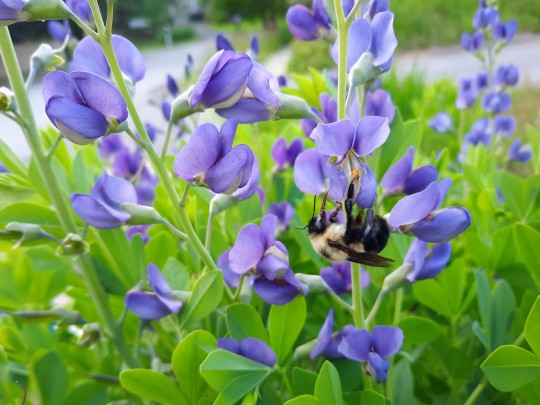
I love walking by my garden to see the fruits of my labor (bees!)
#bees#BEES#the yard used to be just grass#and empty mulch#with plastic tarp underneath#like not even landscaping cloth#actual tarp#native plants#insects#gardening#wild indigo#false indigo#photography#bugblr
239 notes
·
View notes
Text

Eastern Shooting Star
Primula meadia syn. Dodecatheon meadia
This native perennial has a range that spans throughout the central and eastern United States, where it can be found growing in a variety of habitats with acidic to neutral soils. Its nodding flowers resemble a shooting star and are usually white or lilac in color.
This particular plant was growing in a dolomite glade, but I've also found this species growing in moist, open forests over sandstone before.
April 18th, 2024
Jefferson County, Missouri, USA
Olivia R. Myers
@oliviarosaline
#botany#Dodecatheon meadia#Primula meadia#Primula#Dodecatheon#Primulaceae#primroses#shooting star#flowers#plants#nature#glades#Missouri#ozarks#the ozarks#plant photography#nature photography#flower photography#naturecore#fairycore#cottagecore#purple flowers#native flowers#native plants#wild flowers#wildflowers#woods#forest#photography#hiking
36 notes
·
View notes
Text

no peace here
#anthro art#furry art#nature art#bird anthro#plant art#bird furry#this is the guardian of the lake of invasive species#it’s a chaotic natural arena where plants battle it out#the white dove ventures into the lake to plant a native lily#but incurs the wrath of the guardian#he’s like nah u can’t plant this here#ofc what’s classed as an invasive species is dependent on area#u probably can’t even tell what these plants are bc they’re mega stylised#but there’s floating pennywort. japanese knotweed. western skunk cabbage#& tree of heaven. & some random bits i put in there#so that’s the meaning of all this#idk if anyone came from ig but their censors are wild so i am mega careful about what i write in descriptions
69 notes
·
View notes
Text
like, logically I am aware that honeysuckle is invasive in my area and that I should be glad it doesn’t grow in my backyard, But. on the other hand. tasty nectar treat :(
#lindsey shut up#ignore me I just spent an hour yanking up wild blackberry canes#and while I do like blackberries they gotta gtfo#i found fucking. Oregon Grape growing in the brush back there#and that’s also not native. but you see.#there were TWO Oregon Grapes. a big one and a little baby one right next to it.#and im not a monster. wtf am I going to uproot a mommy plant right in front of her baby plant???#so I guess we just have Oregon Grapes now (annoyed)#(they don’t even taste good)#i can’t get this butterfly weed to sprout for the fucking life of me#but by god I can grow shitty grapes that don’t even taste good#Oregon Grape 🤝 muscadines 🤝 being shity grapes I don’t like but can’t stop growing#these tags got out of hand. sorry
41 notes
·
View notes
Text
youtube
Amid collapsing biodiversity worldwide, Mary Reynolds of Ireland is building a movement to turn gardeners into guardians of the planet by returning our own patch of land to nature, and by restoring hope that individual action can create lasting change.
As agricultural practices consume more land, and contribute to habitat losses globally, Mary stresses the importance of taking action on an individual basis. Nowhere is that easier to do than with your own land, by creating an ARK – Acts of Restorative Kindness. Mary reveals how to create one quickly and to let nature reap the rewards, something seen first-hand by former farmer-turned-nature preservationists Anita and Will Wheeler, who now host a plethora of native animals that thrive on their ARK.
The movement is growing, as Mary reaches a global community who want to rid themselves of the pristine expectations that gardens demand and bring in more life. It’s even taking root with younger generations. A visit to the Loreto school in Wexford County proves how even a small patch of land can not only restore a native community of plants, but also become a safe haven for students. “Patch by patch, we’ll get there” - Mary assures, “make a patchwork quilt of hope.”
Learn more about this story and ways that YOU can get involved in saving your local biodiversity by becoming a Wild Hoper:
Follow us: / wildhopetv
Join our community: https://wildhope.tv
Get our newsletter: http://eepurl.com/irGMng
Share this with a friend!
#Nature on PBS#wild hope#solarpunk#rewilding#Mary Reynolds#ireland#ARK#Acts of Restorative Kindness#nature#plants#native plants#Loreto school#Wexford County#Youtube
57 notes
·
View notes
Text

#winter#wild bergamot#snow#native plants#nature photography#photographers on tumblr#original photography
35 notes
·
View notes
Text
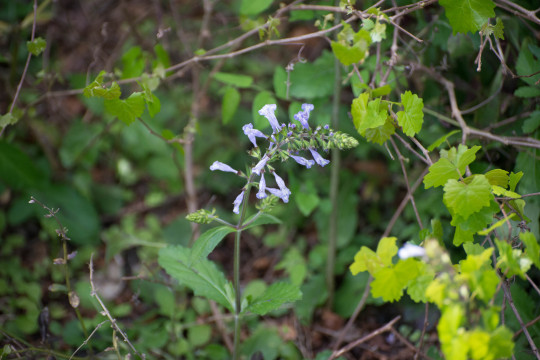



Four edible plants native to Florida.
Salvia Lyrata, or Lyreleaf sage, a plant historically used by natives for medical purposes, is used for teas mainly. I haven't tried it but the whole plant is edible.
Stachys Floridana, or Florida Betony is a beautiful wildflower that produces white tubers that look a bit like grubs but taste almost like radishes, crispy and fresh.
Sambucus Nigra, or Elderberry /Elderflower depending on what stage it's in, is used for a nice tea in the flowering stage and syrups and jellies are made from the berries. They're also nice to look at.
Smilax auriculata, or Earleaf Greenbrier is pictured here, but all species are edible and have the same basic look. These are considered a nuisance by a lot of gardeners but they're my favorite from this list. The soft new growth at the end of vines look like asparagus and taste just as good in my opinion, which is where one common name, wild asparagus, comes from. In the spring you can eat whole meals of this stuff right off the plant just walking down a hiking trail, all you have to do is snap it off right where it wants to and chow down
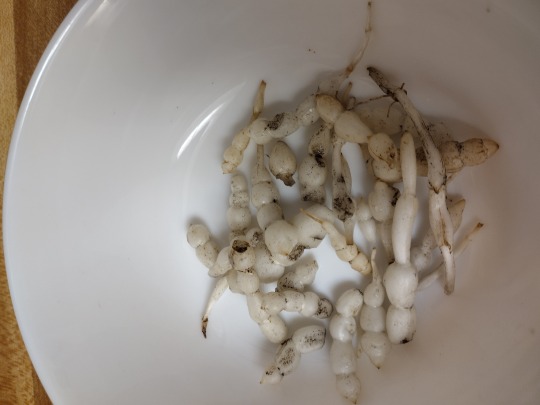

#nature#photography#original photographers#photographers on tumblr#florida#cottagecore#flowers#edible plants#education#native plants#wild food
18 notes
·
View notes
Text

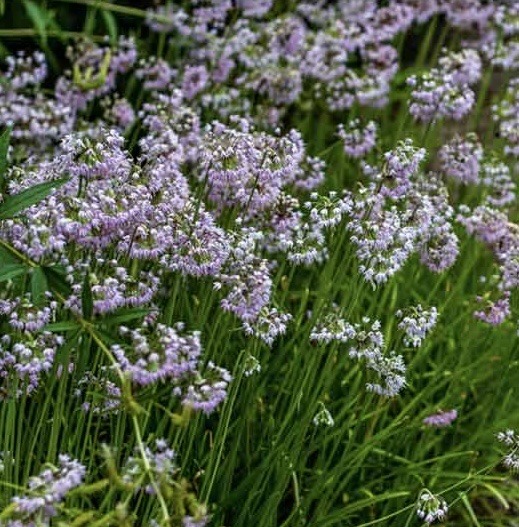
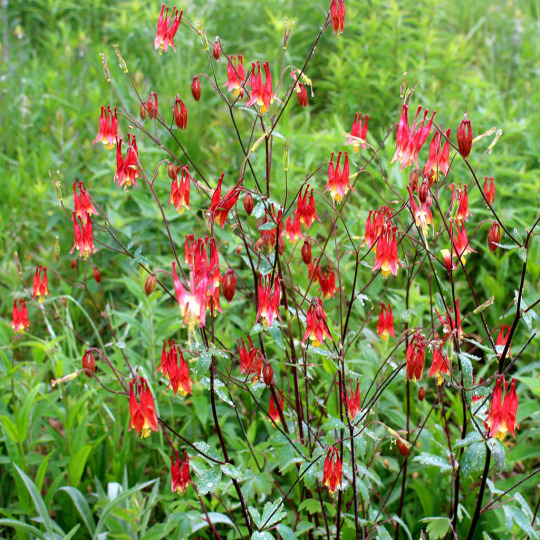

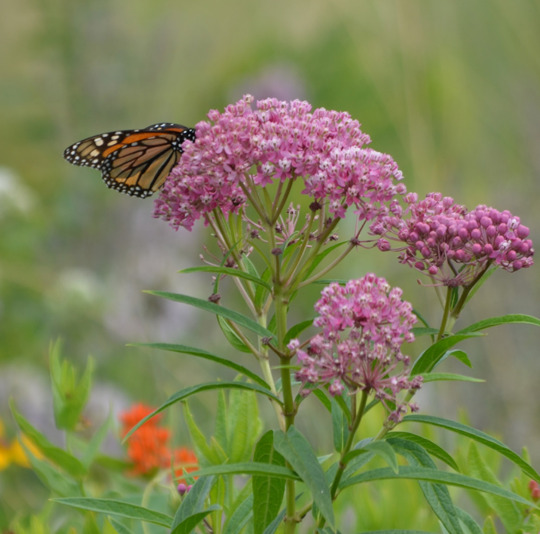


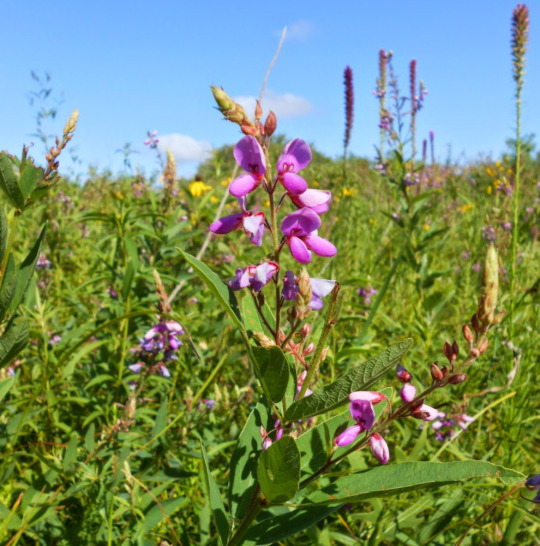
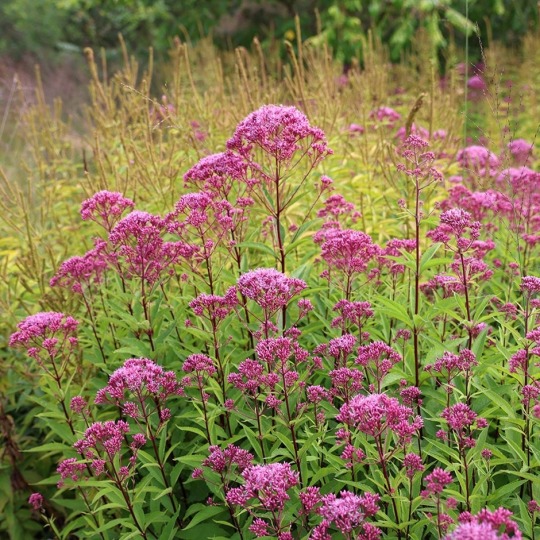
#milfoil#lady leek#granny’s bonnets#wild ginger#rose milkweed#butterfly milkweed#turtleheads#showy trefoils#spotted Joe-Pyes#boneset#wild strawberry#wild geraniums#rose mallow#button blazing star#marsh blazing star#native plants
30 notes
·
View notes
Text
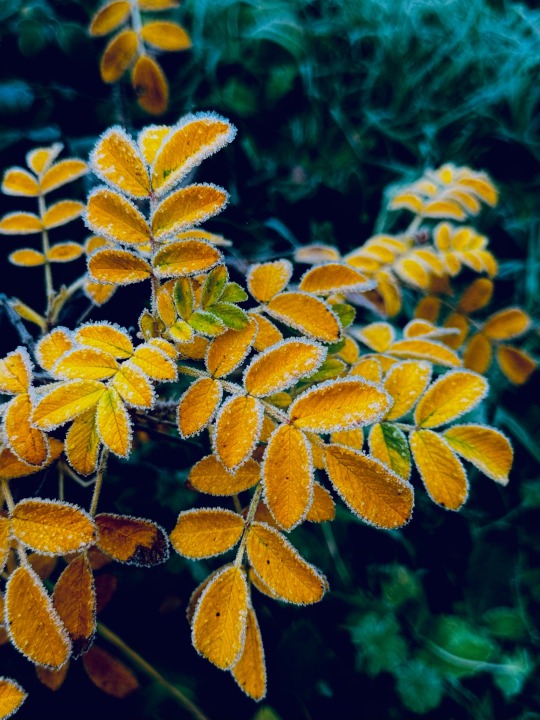
rosa rugosa in winter..
603 notes
·
View notes
Text

Wild ginger, Asarum canadense, in the woods with its weird little flower at ground level.
171 notes
·
View notes
Text

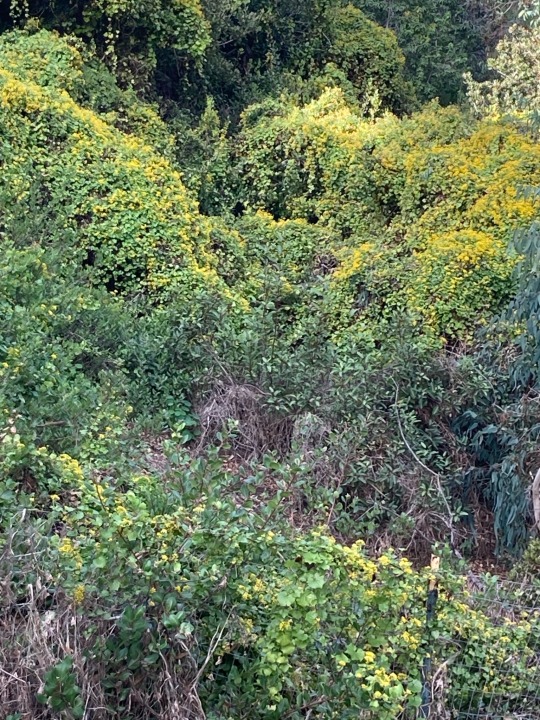

#manroot#wild cucumber#chilicothe#marah#cucurbita#flowering vines#wildflowers#california native plants#eucalyptus#canyon#california landscape#san diego
16 notes
·
View notes
Text
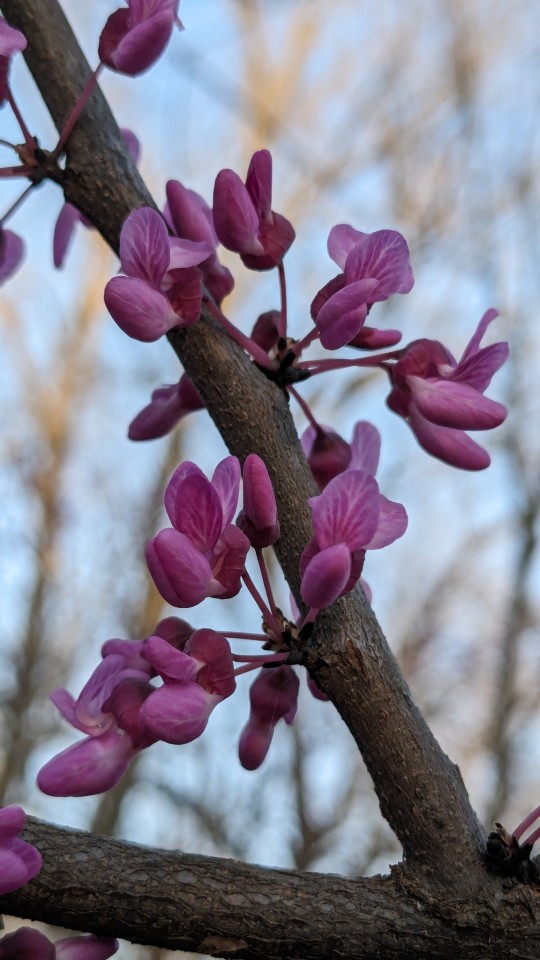
Eastern Redbud Tree
Cercis canadensis
This small tree in the legume family showcases lovely pink blooms in spring and is native to much of eastern North America. They grow in a variety of habitats, but prefer well-drained slopes in woods without many other plants to compete with. Its flowers are pollinated by carpenter bees and other bees with long tongues, and the leaves provide food for several caterpillar and moth species. The flowers on this tree are also edible and contain beneficial anthocyanins, a group of antioxidants.
March 19th, 2024
St. Charles County, Missouri, USA
Olivia R. Myers
@oliviarosaline
#botany#legumes#trees#plants#fabaceae#cercis#flowering trees#redbud#eastern redbud#native plants#native trees#woods#Missouri#Cercideae#naturecore#nature#forest#cottagecore#fairycore#foraging#forage#wildflowers#wild foods#ecology#flowers#nature photography#flower photography#plant photography#spring#Cercis canadensis
45 notes
·
View notes
Text




Common Blue Violets (Viola sororia) scattered around the backyard this morning... with a Sweet Gum fruit (Liquidambar styraciflua).
#nature#my photography#wildflowers#nature photography#flowers#backyard nature#native plants#wild violets
11 notes
·
View notes